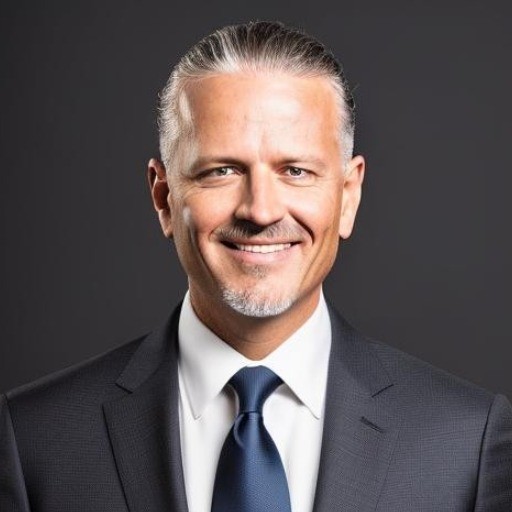Artificial intelligence has captured a significant portion of the HR technology spotlight in recent years. While AI’s potential to revolutionize everything from recruiting to internal mobility is already being realized, HR—in its pursuit of digital transformation—can’t neglect the modernization of its nuts and bolts: core HR and payroll.
That was the message from Pete Tiliakos, HR and payroll futurist, at this week’s HR Technology Online.
“We still have a lot of work to do on the simple stuff—the stuff you’d think was already solved,” Tiliakos said in his keynote about HR’s mandate to digitize core HR and payroll. It’s work that he called the “blocking and tackling of HR” that, when done well, can set up the function for “the great touchdowns.”
While the level of core HR and payroll modernization needed varies widely among organizations, nearly every enterprise needs “some level of improvement” to keep up with the digital innovations on the horizon for HR. A strong foundation, he noted, is the key to HR delivering organizational agility—what he said is the “richest ROI” HR can offer the business.
“I’d like to see folks digesting that faster,” he said. “We need to move quicker because there are organizations that are falling behind.”
The future of core HR

Tiliakos said current innovations in core HR range from the introduction of generative AI to take over writing job descriptions to developing mobile-first designs and incorporating co-pilots enabled by large-language models.
As AI and digital technology continue to evolve, they have the potential to bring core HR out of the “automation age” and into the “augmentation and personalization age,” Tiliakos said.
“We’re going to be seeing HR systems start to personalize, predict and prescribe,” he said. “Fundamentally, [AI for core HR] will be helping users get from Point A to Point B without them having to be experts at that system—or experts at HR.”
What will that look like in practice?
- Frictionless user experience. Users will increasingly have a relationship with tech at work like they do with their virtual assistants at home.
- Gen AI infusion. Generative AI will be utilized across HR systems to provide a more seamless HR and employee experience.
- Co-pilots doing the work. “We’ll be telling them what to do,” Tiliakos said.
- Connected agents as “co-pilots on steroids.” Tiliakos said AI will evolve to go deeper than an “if this, then that” capability. For instance, in the case of leave administration, the tech will seamlessly connect tasks around equipment return, building access, benefits changes and role backfilling, improving both HR and employee experiences.
- Focus on the flow of work. Insights will be more easily surfaced where employees are, such as in Teams or Slack.
- Predictive and prescriptive insights and inference. HR decisions will be guided by tech-fueled recommendations.
- API emphasis. Platforms will lean more into integrations as a service, allowing for rich data to flow back and forth.
The future of payroll
In his recent survey of payroll professionals, Tiliakos found that they cited cloud technology as the most impactful tool they’re using, followed by analytic insights and mobile-enabled employee self-service.
Tiliakos said HR is currently in the “golden age of payroll,” as tech is increasingly able to lift the minutiae off HR practitioners and enable them to flex their consultative skills around payroll data.
“That’s what I see in the future: Making sure we’re always improving, enabling and empowering—getting to shine in bringing our skills and expertise to the table around that data,” Tiliakos said.
Looking ahead, that will include a greater emphasis on autonomous payroll processing as well as the “extinction” of traditional pay cycles, as tech enables on-demand and digital money movement. He also envisions a focus on the “pay experience”—with HR and payroll professionals viewing the distinct areas of pay, payments and payroll more holistically.
“Employees should have trust that what they are receiving is equitable, inclusive, accurate and transparent,” he said.
Such efforts will be aided by incorporating generative AI, which he said can simultaneously create a better employee experience and drive greater HR compliance.
The impact of modernized core HR and payroll
When it comes to modernizing core HR and payroll through tech, HR needs to consider its two primary buckets of responsibilities. There is the “operational side”—recruiting, data maintenance, policy creation—and the “strategic side,” which involves everything from culture-building and change-management efforts to upskilling and succession planning.
Tiliakos said that leveraging tech to strengthen the foundation of core HR and payroll can align those two areas.
“When those things come together, you start to create very, very rich outcomes for the business,” he said, noting that while tech acumen and investment are critical, HR must also reimagine the people processes that underpin its HCM practices to embrace full modernization.
When that happens, he noted, “You can create workplace alignment—getting the right people with the right skills doing the right things at the right time. That’s a very hard thing to do.”
The post What’s new and next in core HR and payroll as AI evolves? appeared first on HR Executive.